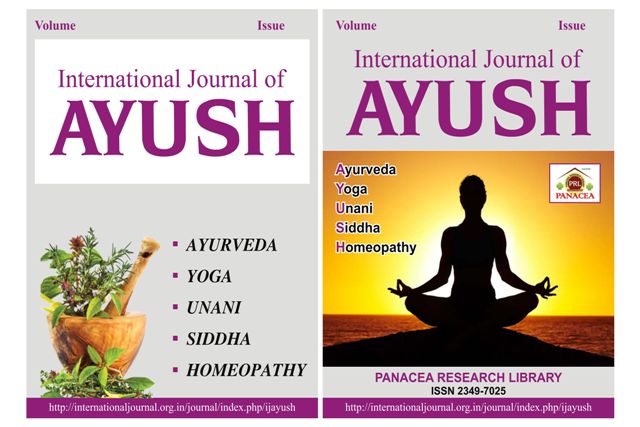A STUDY PROTOCOL TO KNOW THE UTILITY OF HOMOEOPATHIC REMEDIES IN REDUCING THE CALLOUS UNEMOTIONAL TRAITS IN CHILDREN AND ADOLESCENTS DIAGNOSED WITH CONDUCT DISORDER
DOI:
https://doi.org/10.22159/prl.ijayush.v14i09.1521Keywords:
Callous unemotional (CU), Conduct disorder (CD), Homoeopathy, Inventory callous unemotional scale (ICU-P), Study Protocol.Abstract
Introduction:
Conduct disorder (CD), classified under ICD-10 and ICD 11, include both Oppositional Defiant Disorder (ODD) in younger children and more severe antisocial behaviors in adolescence. A subgroup with affective insensitivity; marked by lack of guilt, empathy, concern for performance, or shallow affect, shows distinct emotional and cognitive patterns, leading to the CD specifier “With Limited Prosocial Emotions or callous unemotional traits”.[1] This protocol is designed to assess the potential role of homoeopathic interventions in reducing the callous-unemotional characteristics in children with conduct disorder.
Materials and Methods:
This intervention study follows a before-and-after design without a control group, conducted over 1.5 years (6-month enrollment and 12-month follow-up). Children and adolescents (age group 6-18) with conduct disorder, screened using DSM-5-based questions at NHRIMH OPD and peripheral clinics will undergo comprehensive homoeopathic case-taking. Baseline assessments include the Conduct Disorder Rating Scale (CDRS-Parent Version), Inventory of Callous-Unemotional Traits(CUT) (ICU-P), and severity ratings. CDRS will be monitored monthly, ICU-P quarterly, and Clinical Global Impression (CGI) assessed at baseline, 6 and 12 months. Outcomes will be analyzed using the Friedman test for ICU-P changes and Wilcoxon signed-rank test for CGI scores, with p ≤0.05 considered statistically significant.
Discussion:
The study results may open with exploratory ideas of using the behavioral pattern callous unemotional traits for outcome assessment. The role of Homoeopathic intervention may outstretch its utility in the management of behaviour like Callous-Unemotional Traits (CUT) in patients diagnosed with CD. The study may provide openings for further rigorous open label clinical trials with large sample size, randomized control trials in the future.



